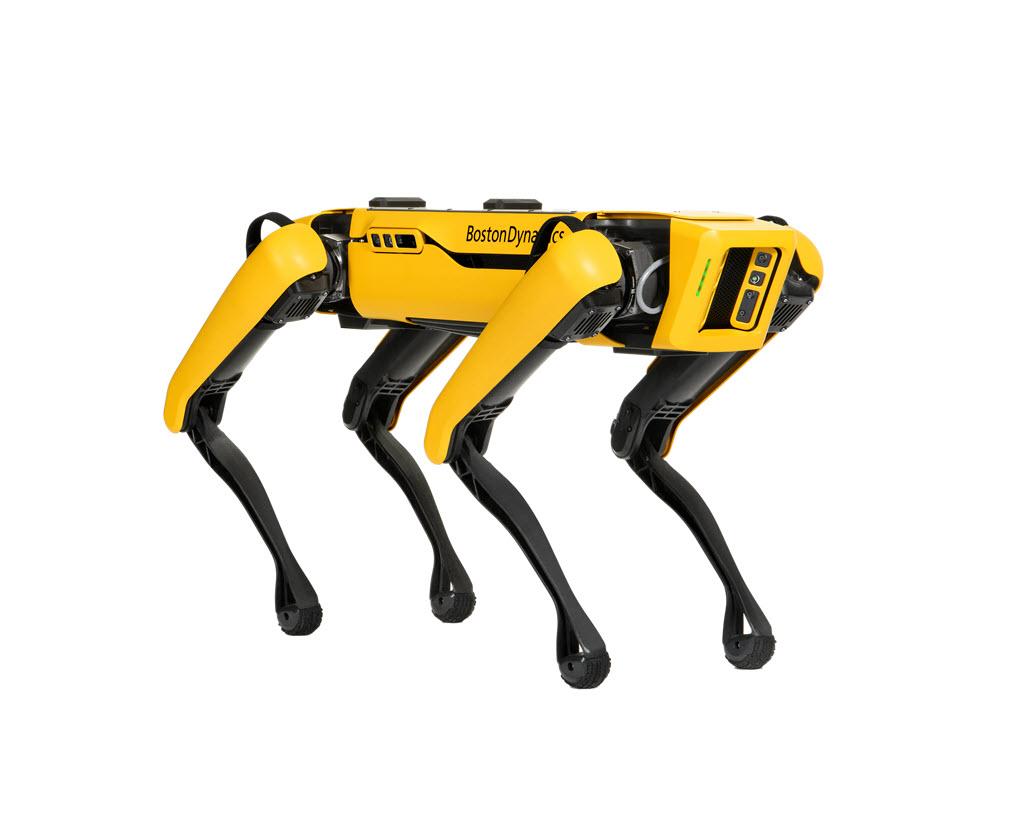So I followed the link, and noticed that the snippet image includes a small icon when I hover over it.
Click on that and I get a pop-up of just the image
I can drag/drop that on my block diagram!
Some snippets must be older and not work directly.
If you go to here:
https://forums.ni.com/t5/LabVIEW/How-can-I-get-a-UTC-timestamp/m-p/4061558/highlight/true#M1165825
and drag/drop the 2019 snippet, it works directly. If you try to use the image below that (2016) it just gives you the link. If you click on the image (not the pop-out) you get what looks like the pop-out but can't drag/drop that. Use the pop-out arrow of the 2016 snippet and you can drag/drop that.
I imagine there is an NI thread somewhere that documents this, but at thins point I feel like I'm debugging a Python module compatability problem.

